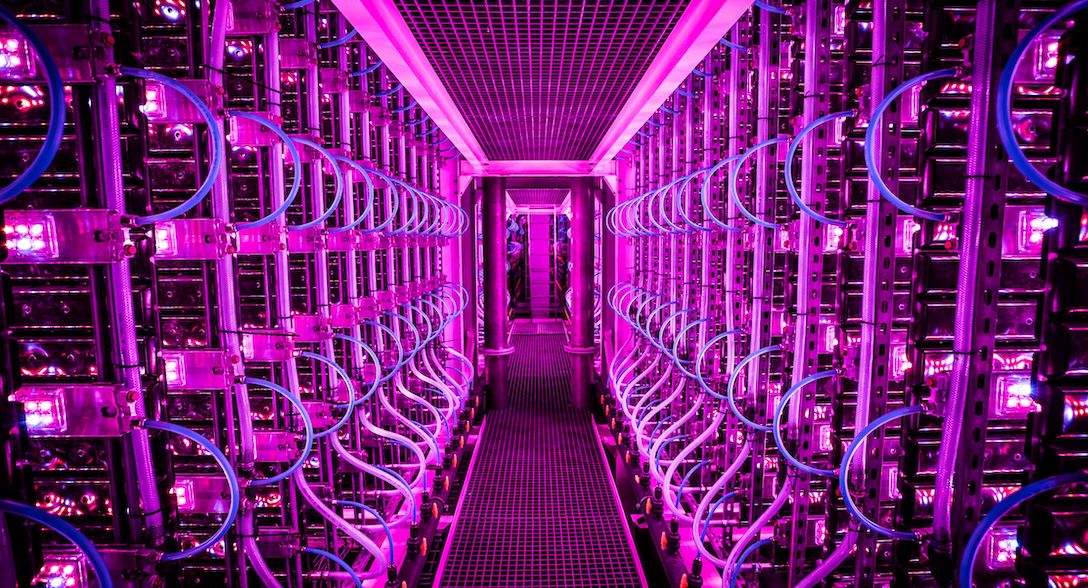Cooking up the future of food
The food industry puts an extreme amount of pressure on the environment. Adding algae to the mix could help us save our planet — without having to radically change the way we eat

The world’s population in 2020 was 7.7 billion, according to the UN. In the next ten years, that number will surge to 8.5 billion. Expanding populations will face many hurdles: a warming climate, more erratic weather, species extinction and a loss of ecological diversity. Many of these challenges are causally related to food. With many more mouths to feed and rapidly changing diets, we transform enormous swathes of the planet just to sustain ourselves. According to the World Bank, 37% of all land is dedicated to agriculture.
At first, you may picture crops of wheat, potatoes and rice paddies to feed the masses. They will undoubtedly play a part. However, we are rapidly clearing vast bio-diverse forests and replanting the land with monoculture crops like palm oil, soybeans and corn. Naturally, we eat these, but, today, the majority is grown to feed the animals we eat. Current food systems are straining biodiversity, splintering habitats, eroding soils, and are chemical and water-intensive. There is another way.
Inside an ordinary, metal-clad building next to the Hellisheiði Geothermal Power Station, VAXA Technologies is growing the future of food — a single cell at a time. The treeless plateau where VAXA is found may not seem like the ideal place to grow algae, but it turns out that it is.
VAXA uses its proximity to the geothermal power station for power, heat and feed for its high-tech indoor algae production facility. VAXA’s maze of pipes, lights, valves and wires is an engineering marvel. Inside, the company is growing microalgae for aquaculture fish feed and as nutritional supplements for people. Best of all, they are doing it with a negative carbon footprint.
By channeling the direct-air capture of carbon dixoide (a waste gas) from the geothermal power plant, algae are grown in closed photobioreactors (large flat panels) with LED lights at a spectrum to maximise photosynthesis. VAXA optimises the algae’s growth in minimal space, using much less water and no pesticides or antibiotics. To compare land and water use, VAXA grown algae has 250 times the yield of soybeans on an equivalent land footprint. Conversely, it takes 200 times as much water to grow soybeans. These are resource savings that make a tremendous difference.
Microalgae is the base of the marine food pyramid and is vital for many species. VAXA is growing algae for two market segments: the burgeoning supplement market for humans and an aquaculture industry that is looking for more environmentally friendly feed. For humans, algae are rich in protein, Omega-3, Omega-7, antioxidants and vitamins. In contrast to other plant-based sources such as soy, it has a complete essential amino-acid profile and is loaded with phytonutrients. Algae is already a popular super-food additive that can be taken in pill or powdered form or or can be incorporated into meat substitutes. Grown indoors under controlled conditions with geothermal carbon dioxide, the algae are not subject to weather, pests or disease. Additionally, they grow ten times faster than terrestrial plants and are harvested continuously, not seasonally.
For fish, VAXA provides a consistent year-round supply of live algae for hatcheries and aquaculture. Microalgae is essential for healthy fish development, improving immune systems and boosting Omega-3 at critical points in their growth with no antibiotics or pesticides. In trials, fish in aquafarms fed with VAXA microalgae have twice the survival rate and less frequently develop deformities — allowing for an optimal use of resources with less waste. And this is without considering the dramatic inefficiencies in converting other animal proteins into feed. A efficient aquaculture industry would also relieve the pressure put on wild stocks by overfishing.
But it is the environmental benefits of replacing or supplementing traditional food crops with microalgae that will make the most significant difference to our lives and the planet. Suppose VAXA can develop more algae-based feeds for fish, humans and livestock. Were that to happen, converting forests to cropland would become uneconomical, helping to reduce deforestation. By growing algae in controlled conditions, yields are exponentially better using far fewer resources. Protein and nutrients are more efficiently consumed, and no harmful chemicals are used. It completely bypasses the ecological but inefficient order of growing food to convert into animal protein feed.
It is easy to imagine a science-fiction-like diet consisting only of vibrant green algae power drinks in the future. However, it is much more likely that algae will supplement our diets in a complex nutritional chain in hundreds of ways for the better.

To join the Arctic Business Journal network as a content partner, contact us at [email protected].
This article has been fact-checked by Arctic Business Journal and Polar Research and Policy Initiative, with the support of the EMIF managed by the Calouste Gulbenkian Foundation.
Disclaimer: The sole responsibility for any content supported by the European Media and Information Fund lies with the author(s) and it may not necessarily reflect the positions of the EMIF and the Fund Partners, the Calouste Gulbenkian Foundation and the European University Institute.
